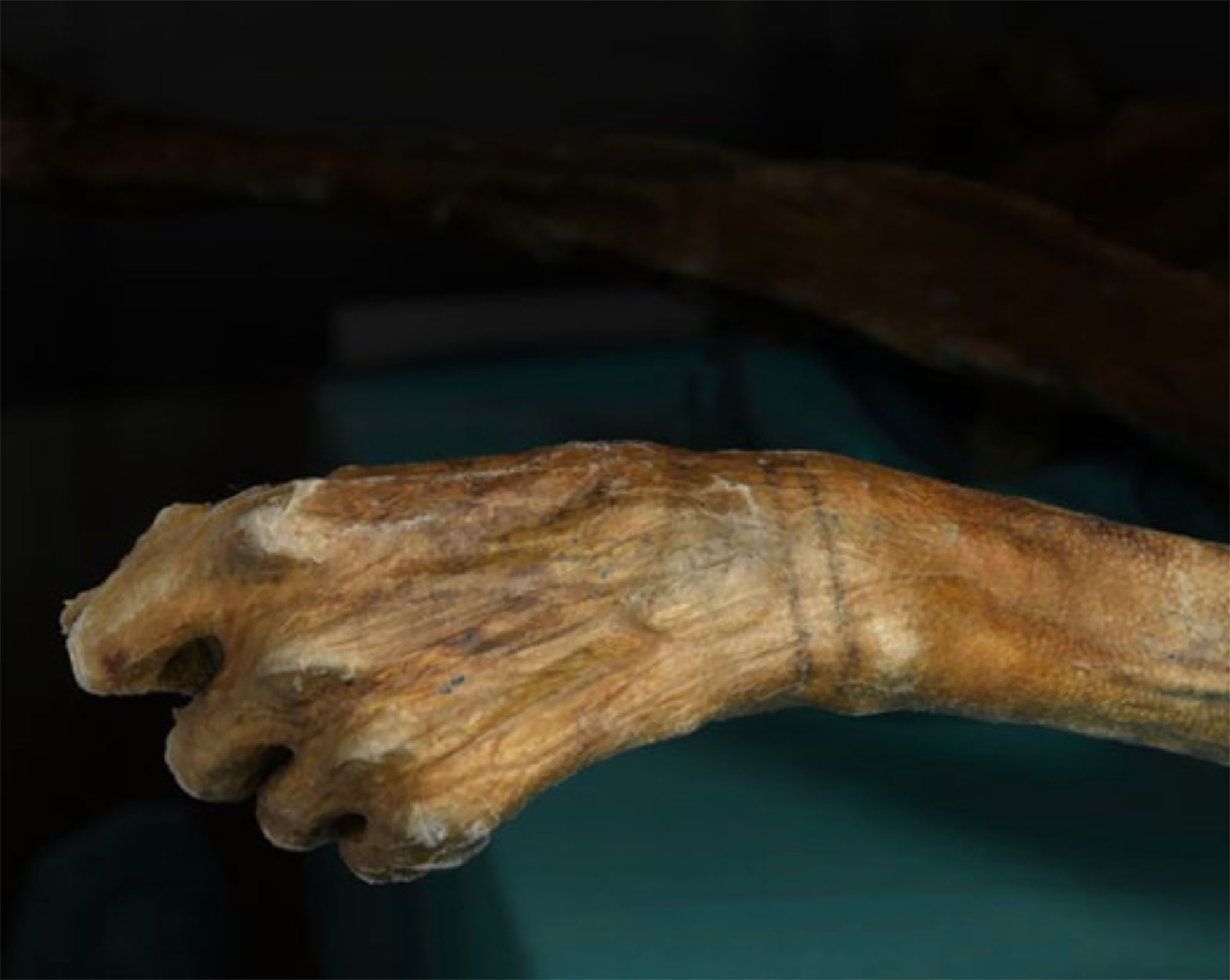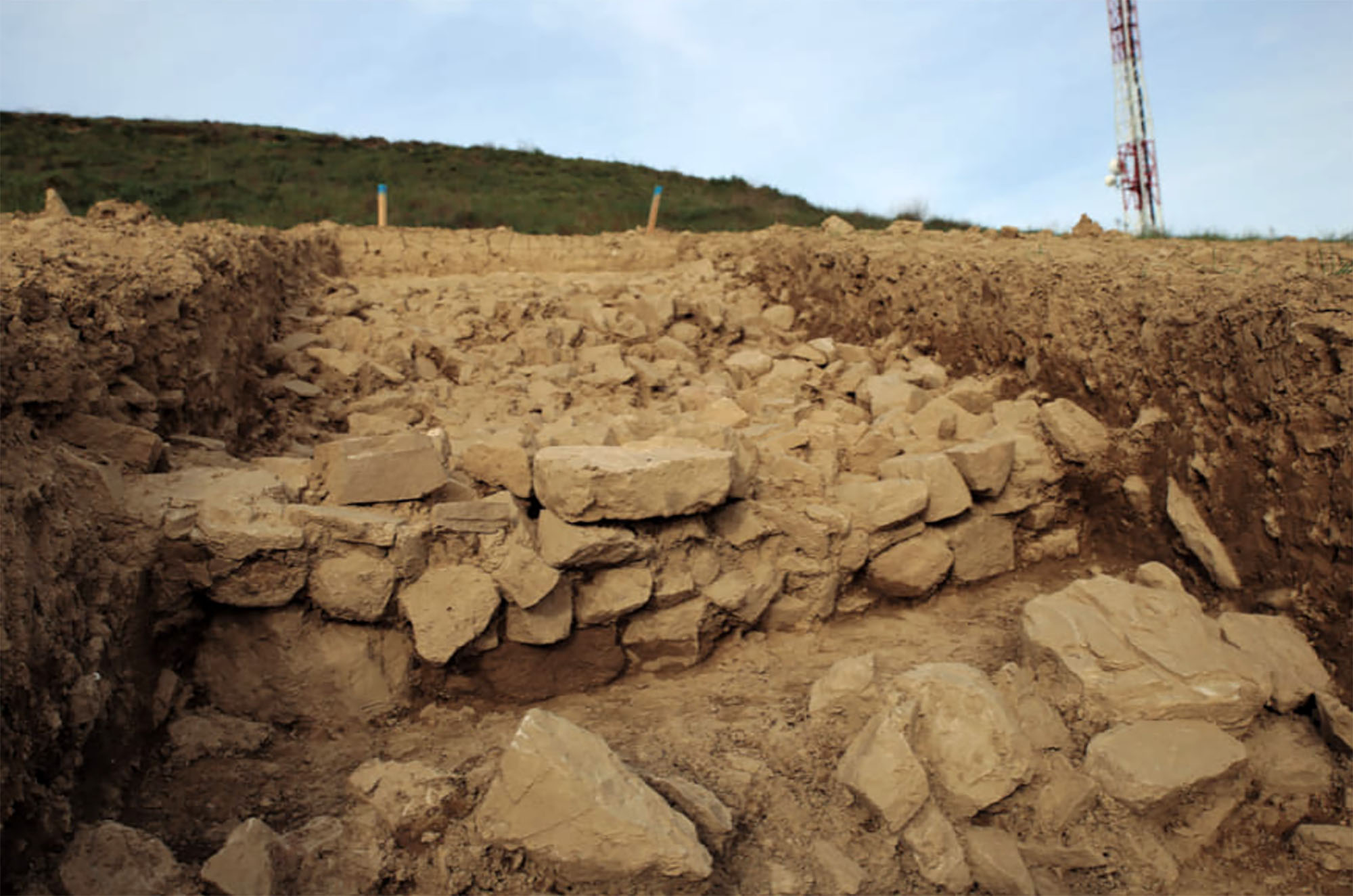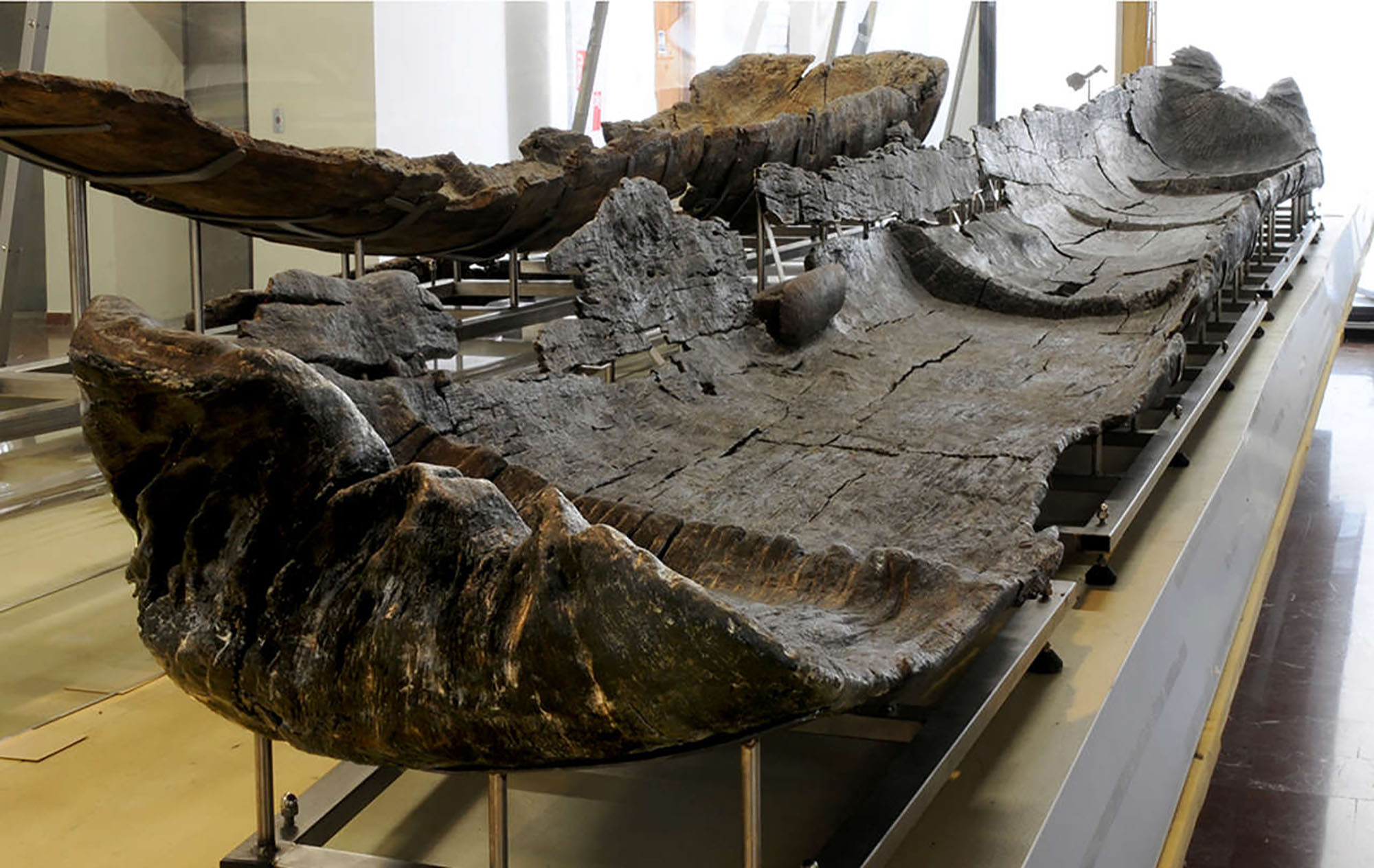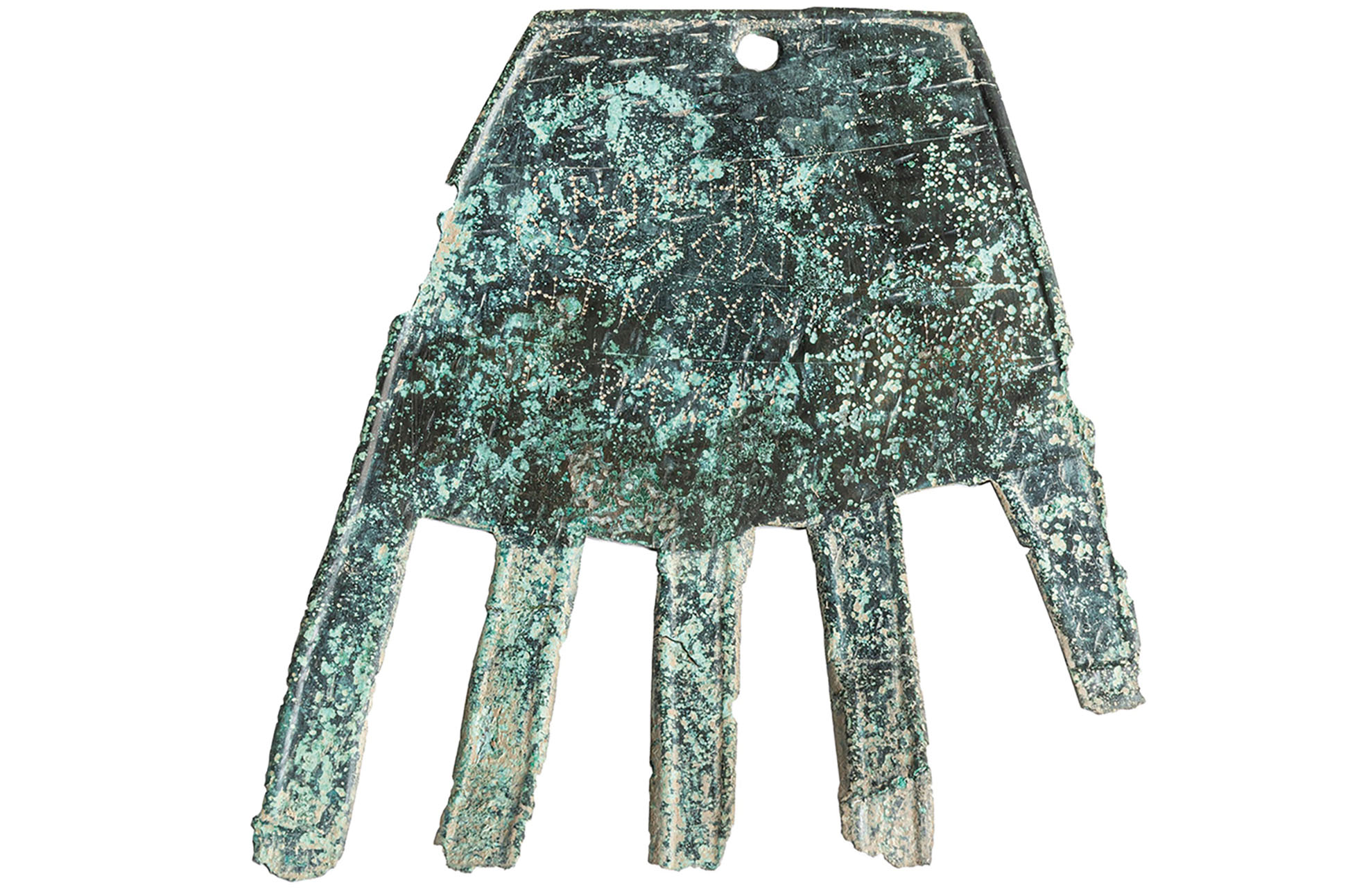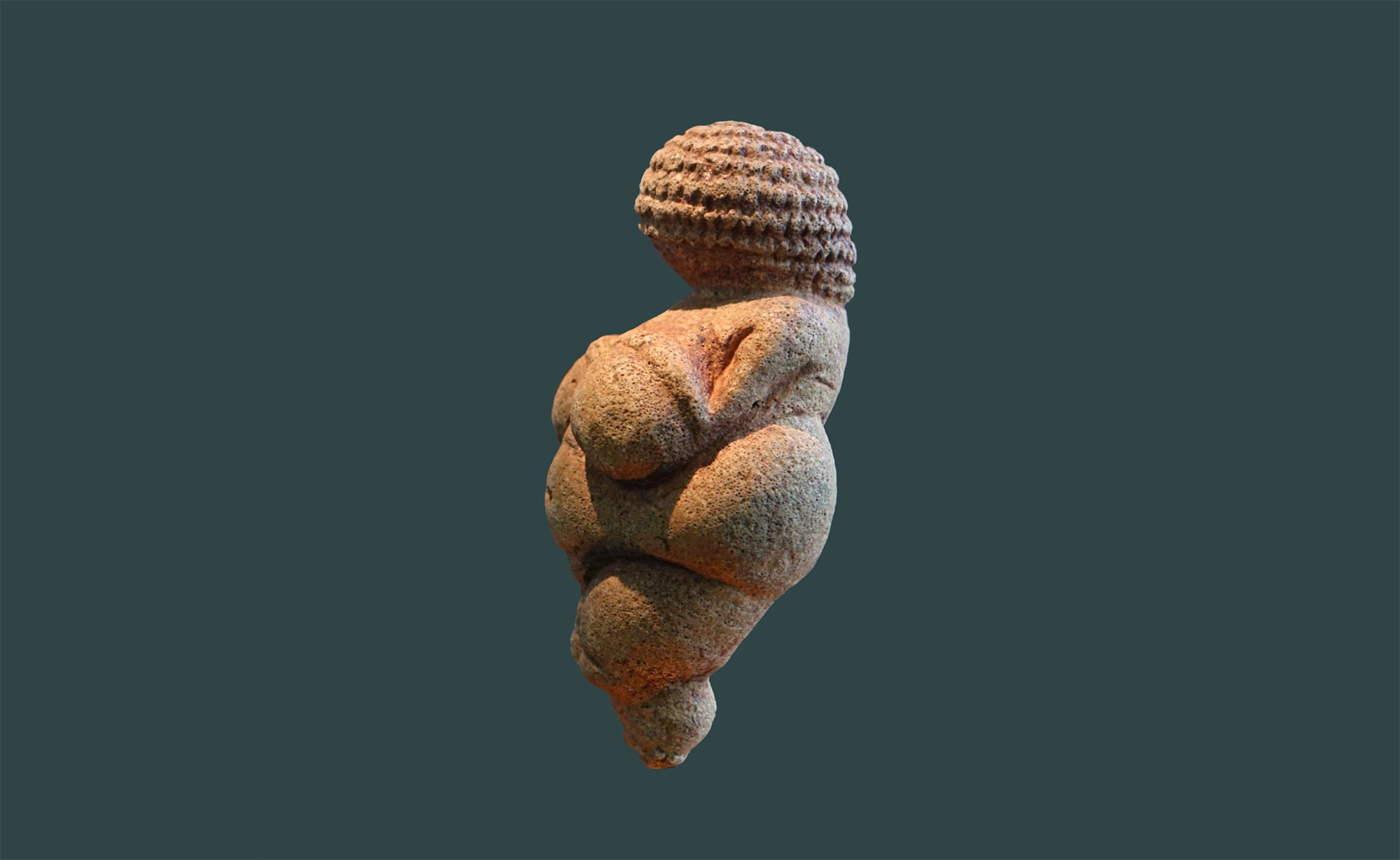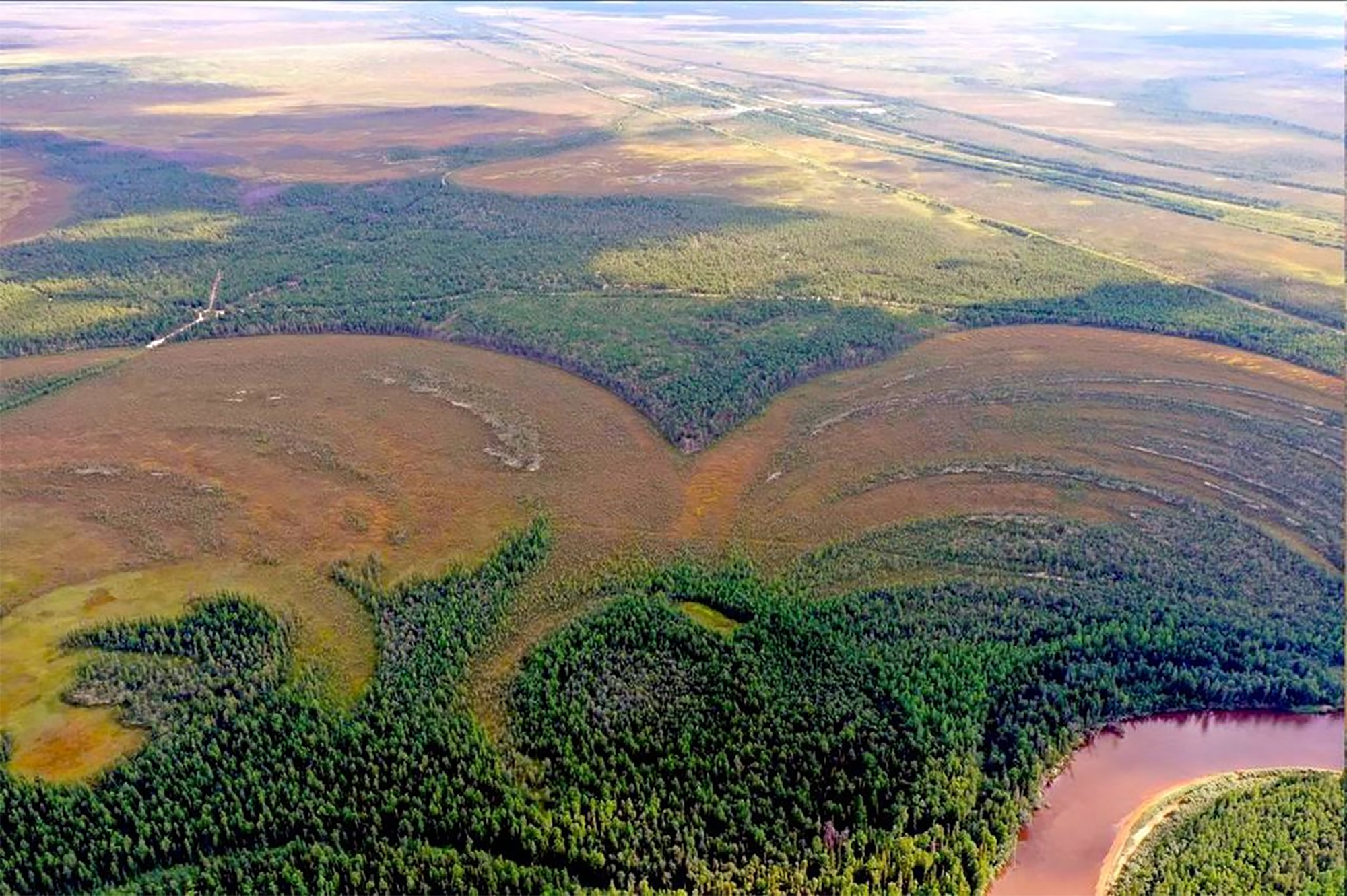Hands, first result of abstract thinking
- Southwestern Europe, 41,000 years ago. On the walls of the caves, humans began to paint their hands. From the Upper Paleolithic to the Neolithic would continue this artistic expression, not only in this area, but also in Indonesia and Patagonia, where paleolithic hands have been found. So for thousands of years and around the world, communities that had no relationship to each other, they did very similar works of art.
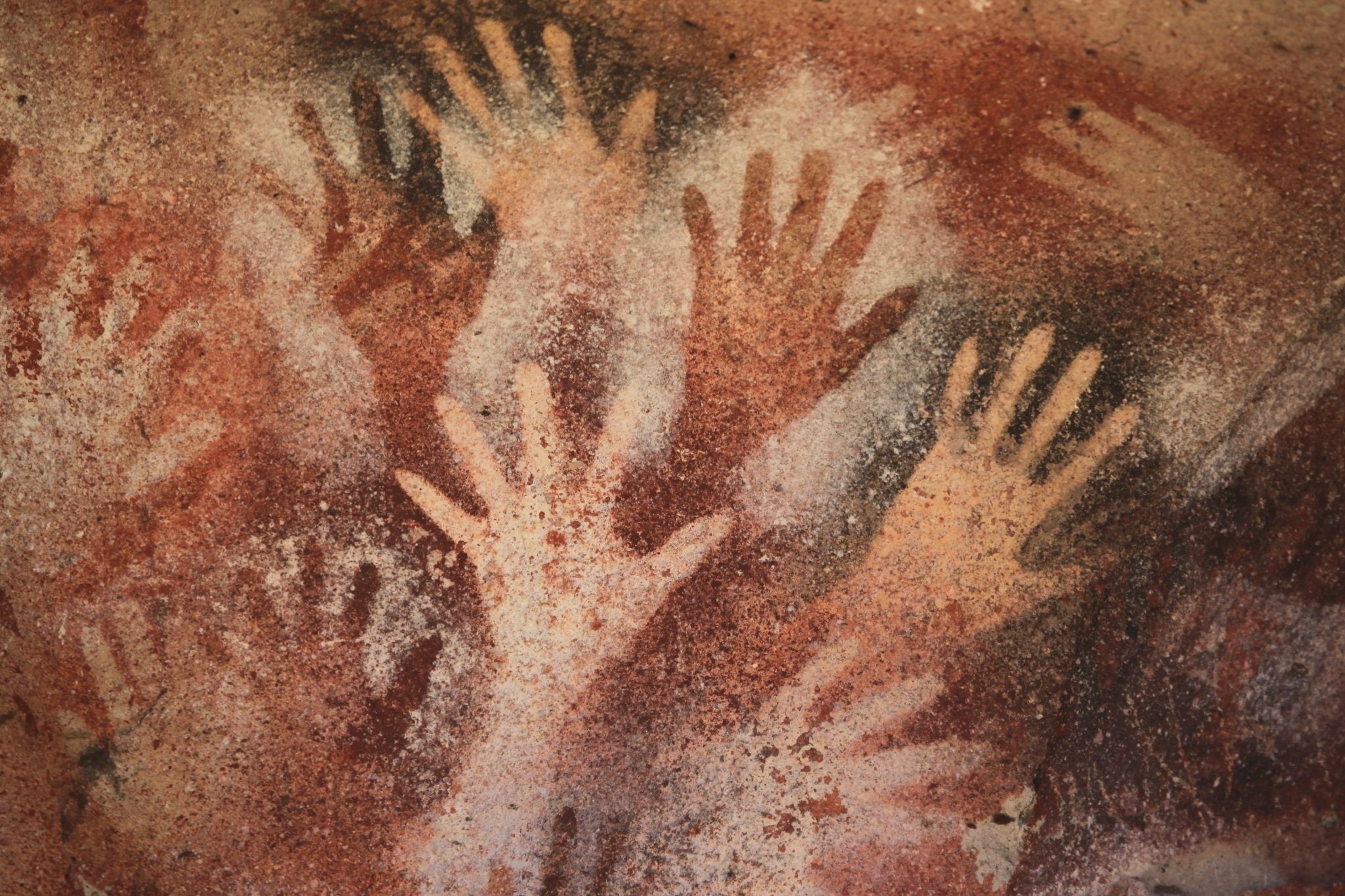
In addition, they all painted positive and negative hands. To make them positive, they taped their hands with pigments and placed them on the wall; then, to fill imperfections and gaps, they were given the final touches. For the negative hands, they would pick up the pigments in their mouth, put their hand on the wall and blow directly or with cane tubes. Thus, the silhouette of the hand was marked on the wall.
The experts are clear on what technique they used and that the hands are related to the creation of abstract thought, with a symbolic meaning. But what did they mean? Why did they paint? These questions have raised many hypotheses, but they have received few answers.
The archaeologist Dean Snow at the University of Pennsylvania believes these hands were female and that when men were going to hunt, women painted them as rituals for hunting to be fruitful. But this theory has an obvious gap: we recently learned that women were also hunting. Other experts say that if the hands are really women's, you can't prove it either, maybe because community training was at your fingertips, they had a didactic function.
Another characteristic of the hands is that many hands lack some fingers or phalanx. In 1922, archaeologist G. H. Luquet stated that they did not represent real mutilations, since no skeletons have been found with this type of mutilation. In the 1960s, well-known historian A. Leroi-Gourhan adhered to this hypothesis and suggested that “mutilated” hands could be the expression of a sign language. There are also those who believe that they used these hands to count and that, therefore, mutilated hands are numbers. But a study published in 2018 in the Journal of Paleolithic Archeology states that finger mutilation was a common practice of sacrifice and that no other meaning should be sought.
One part represents the whole and, therefore, the hand would represent the whole human body.
In these hands around the world, most of them are left hands. In the Pyrenean cave of Gargas, for example, 124 of the 150 perfectly separable hands are from the left. For some, the right hand would symbolize work and the left would symbolize spirituality. But there's another more practical explanation: if you paint with your right hand, the logical thing is to use the model on the left.
Ángel Rivera and Mario Menéndez, professor at UNED, give hands at least a general meaning: one part represents the whole and, therefore, the hand would represent the whole human body. The painter would leave the mark of his being through his hand, a kind of signature.
In 2016, the European Union launched the HandPas project to unravel the mystery of hands and an international and interdisciplinary team has been investigating different issues. Are hands just the work of Cromagnon or that artistic expression that they created in contact with Neandertal? Did they use their hands to relate to the spirits? Dario Seglie, director of the Museum of Prehistoric Art of Pinerolo (Turin, Italy), states that we cannot expect an answer: “Those hands of the past are mute, we cannot make them speak”.
And yet, today, in many parts of the world, when children begin to express themselves with plastic art, stain their paint hands and mark them on a surface, or do negative hands, for example, drawing silhouette with pencil. That is, 40,000 years later, hands remain one of the most basic artistic manifestations of human beings.
Ethiopia, 24 November 1974. Lucy's skeleton was found in Hadar, one of the oldest traces of human ancestors. The Australian hominid of Australopithecus afarensis is between 3.2 and 3.5 million years old.
So they considered it the ancestor of species, the mother of all of us. In... [+]
A group of archaeologists from the University of Berkeley, California, USA. That is, men didn't launch the lances to hunt mammoths and other great mammals. That was the most widespread hypothesis so far, the technique we've seen in movies, video games ...
But the study, published... [+]
Geissenkloesterle (Germany), 42,000 years ago. Those living in the cave of the Danube basin made a flute with bird bones and mammoth ivory. At the same time, the inhabitants of the cave of Divje Babe in Slovenia also made a flute with the femur of a bear. These are the oldest... [+]
In the south of the Indonesian island of Sulawesi, in the cave of Leang Karampuang, archaeologists from the Griffith and Southern Cross universities and the Indonesian National Agency have discovered a painting of three anthropomorphic figures and a boar. According to the study... [+]
Two years ago, the Catalan archaeologist Edgard Camarós, two human skulls and Cancer? He found a motif card inside a cardboard box at Cambridge University. Skulls were coming from Giga, from Egypt, and he recently published in the journal Frontiers in Medicine, his team has... [+]
Since they discovered the corpse of Ötzi in the Alps in 1991, the 5,000 years preserved in very good condition have been used for numerous investigations. From the beginning, the 61 tattoos he had on his skin were the ones that cared for him. Experts believed these tattoos were... [+]
Between 1992 and 2006, in the waters of Lake Bracciano of Rome, the site of La Marmotta del Neolitico was excavated early. They recently published in Plos One magazine a study on the five piraguas found there. It is estimated that the boats are between 7,000-7,500 years... [+]
In the Gulf of Mecklenburg, in Baltic waters, archaeologists identified in 2021 a stone structure of almost a kilometre. Now a team of interdisciplinary researchers has published a study on the wall in the journal PNAS.
The structure is about 10,000 years old and has come to... [+]
This weekend I visited a cave with prehistoric paintings. Paints made with iron oxide and manganese about 30,000 years ago. These visits seem interesting to me to relocate our place as human beings in the world, they are an opportunity to rethink the “development” of recent... [+]
Willendorf (Austria), 1908. At a site in the Wachau Valley, archaeologist Josef Szombathy found a small anthropomorphic statue of a woman about 11 cm, carved in stone and dyed with red ochre.
Since then, it is the best-known venusi of the Paleolithic and has been analyzed from... [+]
Researchers at Freie Universität in Berlin have found the oldest Siberian fortress in history, 8,000 years ago. It has long been believed that the strengths have risen to the height of the Neolithic Revolution because of the stabilization of communities by agriculture.
But... [+]

















